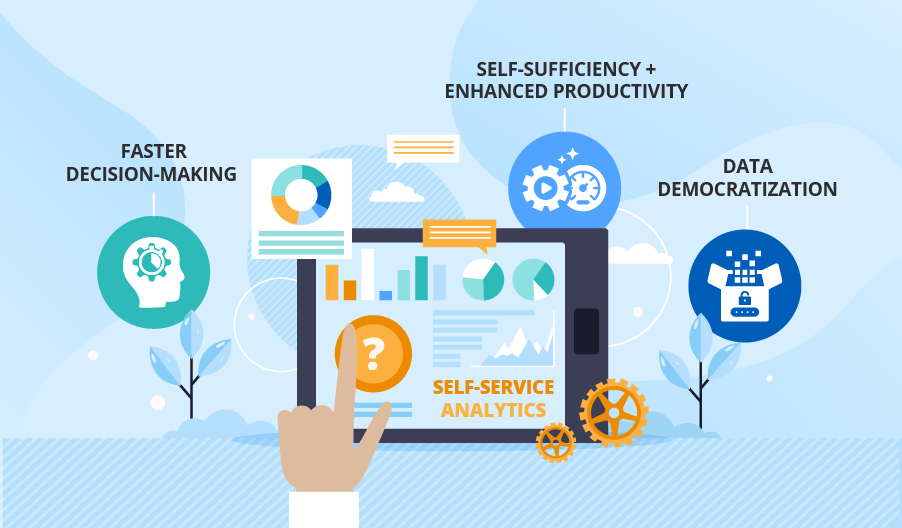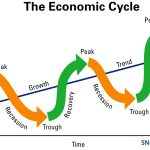Finance will remain uneasy about the use of self-service data, but it will embrace selfservice as a way to rationalize reporting requirements and special requests. Finance will spend more time working with the business to harmonize discrepancies between self-service tools and systems of record. Trigger-based alerts and natural language processing will become common in self-service applications.
2018 prediction
Self-service will become the norm, as activities ranging from budget queries to report production are automated. Businesspeople will get their basic finance questions answered instantly on their phones, and, over time, digital agents will deliver information proactively. Spreadsheets will be replaced by visually rich information that’s intuitively accessible and easy to use.
2021 reality
Many companies now let you access static reports on your phone. But you can’t tailor your request, and you must know exactly what you’re
looking for. You’re not able to simply ask a question (“How can I increase profit margins in Europe?”) and get insights to inform your
decisions. And you’re almost certainly not receiving such insights proactively; you have to wade through a sea of ever-expanding information to decide what matters.
2025 implications
The future of self-service is not about downloading more canned reports. It’s about push technology that knows what you need before you
ask and visualization tools that help you make sense of complex data. It also entails a common experience across delivery channels, enabled by the growing power of desktop systems and smartphones. Chatbots remain on the horizon, but are unlikely to be prevalent in Finance by 2025.


